James Nares – a musician, painter, filmmaker, photographer, art performer, and most importantly, an empiricist, who takes art as an experiment and experiment as an art.
From 1974 when Nares, a Londoner, moved to New York, the city has become an inspiration and a playground for his art games. The swinging pendulum between the buildings and the big stone sphere running down the street are just a couple of Nares initiated examples of “five million things happening outside.” As the artist says, “you just have to be there.”
In the movie Sans Soleil, Chris Maker’s created persona points out that the city “ought to be deciphered like a musical score; one could get lost in the great orchestral masses and the accumulation of details.” For Nares, this “city music” consists of movement, rhythm, change, traces and marks. These are the atoms of city life which the artist always emphasizes in his works. For him it represents the present and history, and history plays a great deal in the artist’s general perception of life: “we understand who we are on a large scale by looking back at who we were.” Therefore, Nares analyzed a document of the past (the Cinema Actualité), and created a slow motion movie Street – a historical document for contemporaries and for future generations – which allows a spectator to catch a glimpse of the ordinary and unseen daily life that passes by (“the breakdown of small moments in time extended or frozen somehow”).
James Nares "ROAD PAINT" at Paul Kasmin Gallery, 8 May - 22 June from Paul Kasmin Gallery on Vimeo.
Genesis P-Orridge said that “reality is just stuff and you perceive it based on what is given to you, so it is that simple. When you break it down with cut-ups, you realize that everything is just raw material”. One could say that Nares probably sees the world similarly, since he took a step forward for his last creation and utilized a mechanical road stripper to create a liner paintings, which enabled him to continue to play the visual “city music,” where the main leitmotifs remain movement, rhythm, change and marks.
Besides capturing the movement in a film tape or on the black ground of his canvases, the artist is also known for his skills in handling a paintbrush. The artist’s work was especially recognized for his series of paintings of the brushstroke which his contemporary Lichtenstein, even prior to Nares, chose as a symbol of the impersonal object or the sine materia process. Firstly, Nares designs his own brushes to create the specific look of the stroke. Then he lays paint on a canvas and wipes it out if it does not seem or feel like the right one. And it goes on like this until he reaches the harmony of intention and immediacy. In order to control the movement, the artist even employed a technique of suspending himself on a rig in a horizontal position above the canvas.
Sarah Simblet suggests one of the possible explanations of what makes these paintings fascinating. She says that “the eye moves through the picture at the speed of which the mark was made.” If, for example, a mark was made quickly, the eye perceives it and the spectator knows instantly the speed at which it was made. It is the same with smaller and more concentrated marks, more staccato: then the eye stays in that area of the picture and reads all these variegated marks. Therefore, Nares is the conductor of the viewer’s eye: in his almost living brushstroke lines and dramatic curves, the viewer can read slowness, gentleness or swiftness and vehemence.
Altogether, Nares’s works make the viewer alert of things that might not be expected or visible with the naked eye. It would probably make a big difference, if to tell to a Westerner, who is looking at a Japanese painting and who is not familiar with this culture, that there is the custom not only to read leftward but also to view at the paintings in the same way. So, in Nares’s case, he either uses an angle, technique of filming or a sound to give this absolutely different perspective of looking at the object presented.
Nares’s empathy for people and their senses in relation to art might be an achievement which he gained because of his empiricist’s soul. As he puts it, he was one of those people who wants to do everything. “In all creation/ Nothing endures, all is endless flux” (Ovid, Metamorphoses) and in this endless flux the artist hesitates “whether I am leading or following.” However, as Einstein said, there are some questions that do not have to be answered.
More about James Nares: Website - Paul Kasmin Gallery

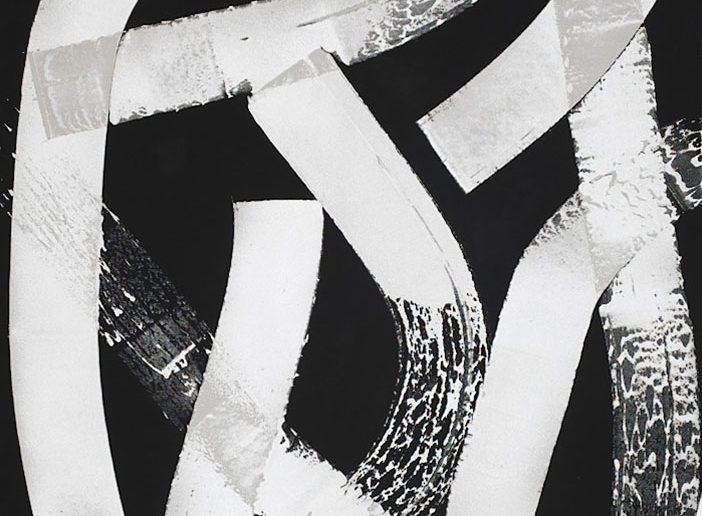
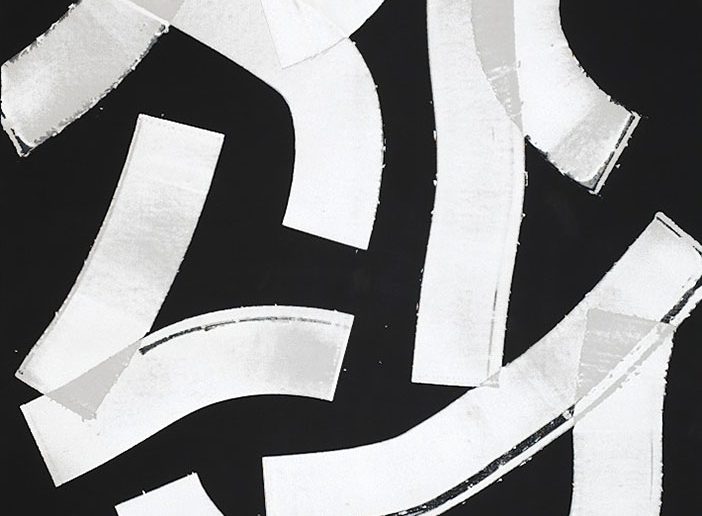
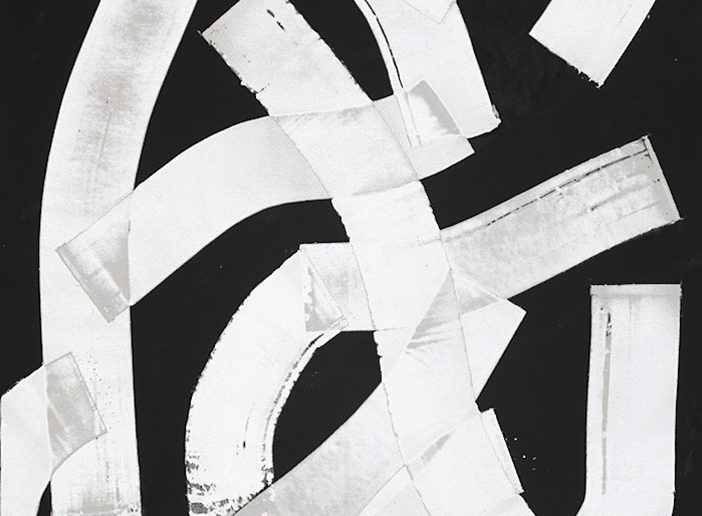
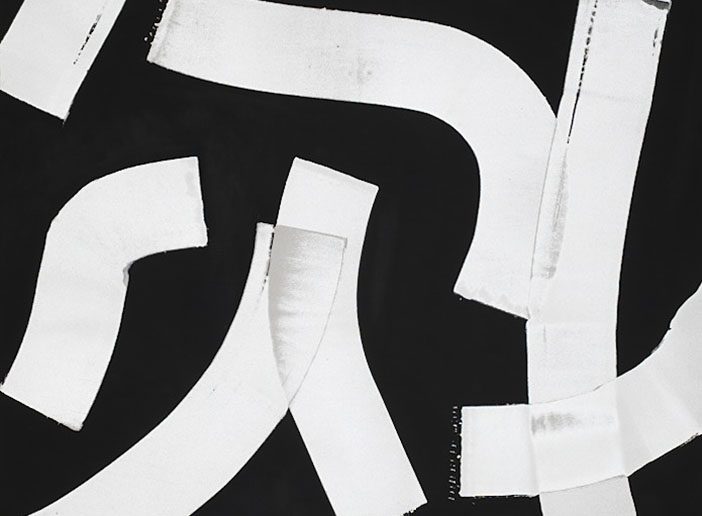
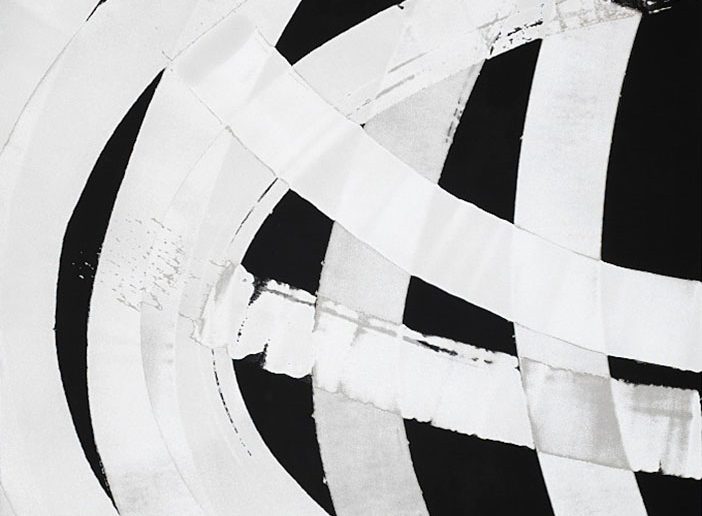

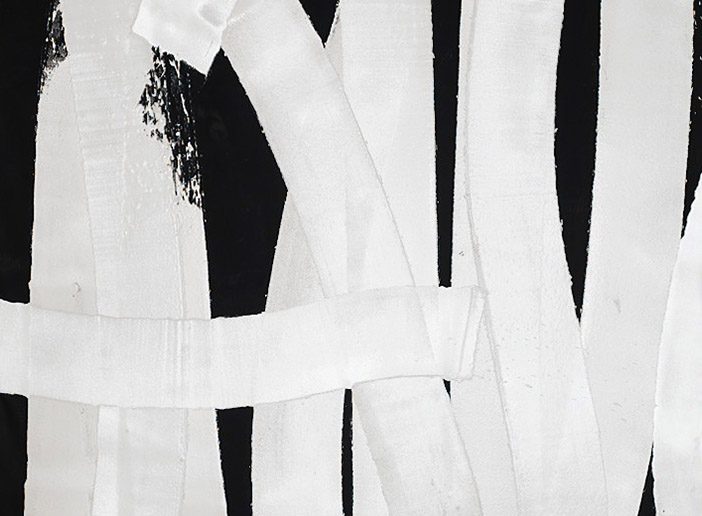
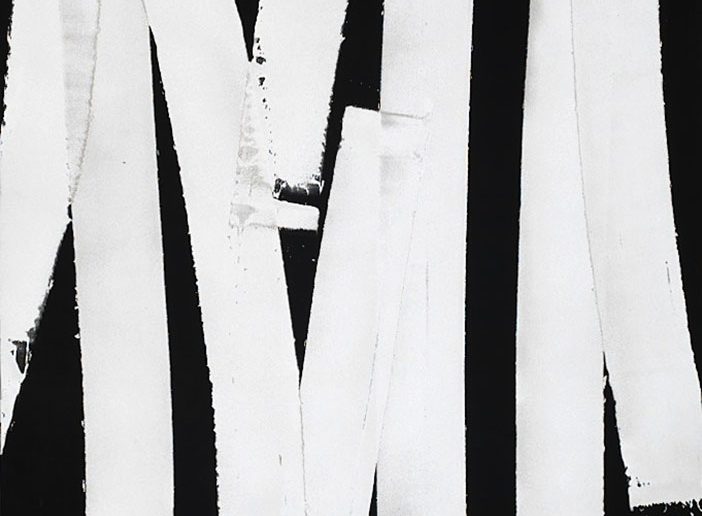
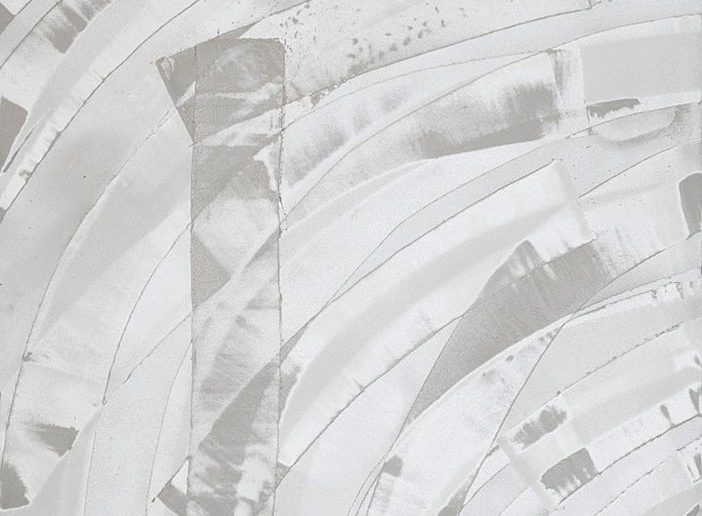

2 Comments
Pingback: Robert Curgenven - Secret Thirteen Mix 099 | Secret Thirteen - Infinite Music and Art Journal
Pingback: James Nares – Art and Experience «